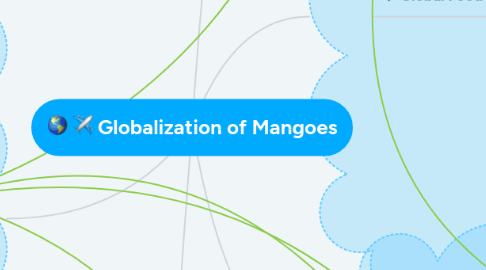
1. Ontario Importers of Mangoes
1.1. Brampton: Coral Produce (Jamaica). Loblaws (Mexico). Loblaws (Peru).
1.2. Burlington, ON: Ippolito Fruit and Produce Ltd. (Australia)
1.3. Markham: La Huerta Imports (Brazil and Peru). Taste of Nature (Pakistan).
1.4. Milton: Premium Produce (Pakistan).
1.5. Mississauga: Mex Y Can Trading East Inc. (Brazil, India, Mexico, Peru, U.S.). Bamford Produce Company (Ecuador, U.S.). B & K Produce (Jamaica). Wimex Trading Services (Peru).
1.6. Toronto: Agri Import Canada (Brazil and Peru); C.O.D. Fresh (Brazil, Ecuador, Haiti); Provincial Fruit Co. (Brazil); and Sunshine International Import/Export (Brazil). Hudson Naturals (China); The Metropolitan Tea Company (China); Garden Flavour (Colombia); Tamisha Trading (Colombia, Dominican Republic, Jamaica); and Worldwide Food (Colombia); SMS Produce; Sundine Produce; and World Crops Produce (Dominican Republic). Veg-Pak Produce (Guatemala). Abovat Import; Sanjay Enterprises; and Shiv Impex (India). Blessing Trading & Blessing; and Kiskadee Ventures (Jamaica). Broadview Produce Company (Mexico); GC Imports Co. (Mexico, Peru, U.S.); National Produce Marketing (Mexico, Peru); and Worldwide Food (Mexico). Sunshine International Import/Export (Peru). Monco Produce (Taiwan). Canada Herb (Thailand, Vietnam). Johnvince Foods (Thailand). Central Roast (U.S.). Super Three Produce (Vietnam).
1.7. Unionville: West Indies Trading (Jamaica).
1.8. Windsor: Joseph's Holdings (Guatemala).
1.9. Ontario also imports from Argentina, Bangladesh, Barbados, Belgium. Belize, Burkina Faso, Chile, Costa Rica, Egypt, Fiji, France, Georgia, Grenada, Guyana, Honduras, Hong Kong, Israel, Italy, Lebanon, Malaysia, Netherlands, New Zealand, Nicaragua, Philippines, Canada, Saint Lucia, Saint Vincent, South Africa, Sri Lanka, Spain, Sweden, Tokelau, and Trinidad and Tobago, but information was confidential.
2. Global Food System of Mangoes
2.1. Where are mangoes found?
2.1.1. Mangoes are native to South Asia and India, producing the Indian and Philippine mangoes.
2.1.2. Mango seeds were brought to East Africa, the Middle East, and South America as early as 300-400 A.D.
2.2. Why have mangoes become globalized?
2.2.1. Mangoes were introduced from the Philippines to Mexico in 1775 as part of the Manila-Acapulco Galleon trade route.
2.2.1.1. The fruit was successful in Mexico due to the climate, as well as how well-received the mango was and how naturally it fit into Mexican cuisine.
2.2.2. Mangoes were introduced to the United States in the 1900's by David Fairchild, creator of the Foreign Seed and Plant Introduction department of the U.S. Department of Agriculture
2.2.2.1. Areas in the United States that can grow mangoes are Florida, California, Hawaii, and Puerto Rico
2.2.2.1.1. Florida produces the most mangoes in the U.S., with $2.1 million of mangoes. However, the U.S. imports $401 million in mangoes annually, making the U.S. the largest importer of mangoes globally.
2.2.3. Increased immigration to the United States and Canada from Asia and South America has increased demand for the fruit.
2.2.4. Increasing health-consciousness and food-adventurousness has also increased demand for the fruit.
2.3. India, China, Thailand, Indonesia, and Mexico (in that order) are the largest producers of mangoes globally
3. Local Food System of Mangoes
3.1. Local commercial production of mangoes is limited due to tree size, climate restrictions, frost-intolerance of mangoes, and greenhouse pests.
3.1.1. The Cushman, Cogshell, and Carrie varieties of mango can be grown indoors in Canada, or placed outside in the Summer months.

